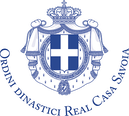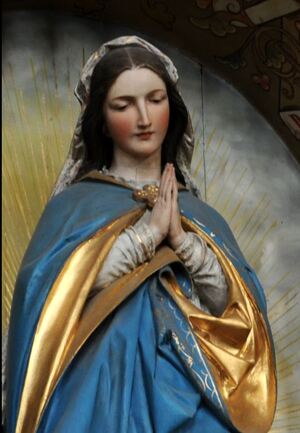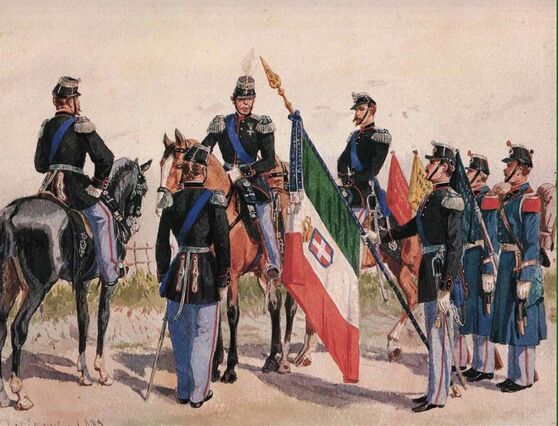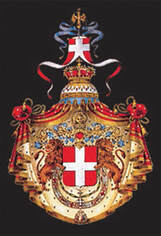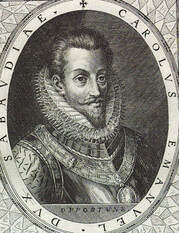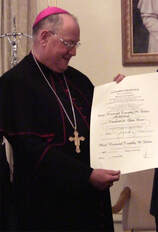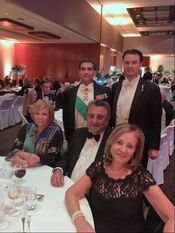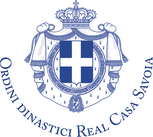American Delegation of Savoy Orders
American Delegation of Savoy Orders |
SAVOY BLUE
|
Savoy blue or savoy azure (Italian: blu Savoia or azzurro Savoia, is a shade of saturated blue between peacock blue and periwinkle, lighter than peacock blue, It owes its name to the fact of being the color of the House of Savoy, a ruling dynasty in the county of Savoy from 1003 to 1416, the duchy of Savoy, from 1416 to 1714 the kingdom of Sardinia-Piedmont from 1720 to 1861 and the kingdom of Italy from 1861 to 1946. Having become a national color with the unification of Italy (1859–70), its use continued even after the birth of the Italian Republic (1946) with the name "Italian blue". An Italian-blue border is in fact inserted on the edge of the Presidential Standard of Italy and the use of the blue scarf for the Italian Armed Forces’ officers, for the presidents of the Italian provinces during the official ceremonies, and of the blue jersey for Italian national sports teams. It was also maintained in the Republican era. The origin of the color seems to date back to June 20, 1366 when Amadeus VI, Count of Savoy, before leaving for a crusade commissioned by Pope Urban V and organized to help the Byzantine Emperor John V. Palaiologos, cousin of a maternal part of the Savoy Count, wanted that on the flagship of the fleet of 17 ships and 2000 men a galley of Republic of Venice, waved, nest to the red-crusading silver banner of the Savoys, a blue flag .The color therefore has a Marian implication, bearing in mind that there is also the possibility that the use of a blue banner by the Savoys starter earlier. In any case the oldest documented Savoy flags, dating back to 1589, have the colors red, white (or the colors of the coat of arms of the dynasty, and blue. The latter color acquired over time prevalence until it because the Italian national color. |
|
The color therefore has a Marian implication, bearing in mind that there is also the possibility that the use of a blue banner by the Savoys started earlier.In any case the oldest documented Savoy flags, dating back to 1589, have the colors red, white (or the colors of the coat of arms of the dynasty) and blue. The latter color acquired over time prevalence until it became the Italian national color. The ribbons of the Supreme Order of the Most Holy Annunciation (the highest ranking Savoyard Dynastic Order, transplanted also into the kingdom of Italy), were blues, also in the Republican era, are also the ribbons of the decorations of military valor (gold, silver,bronze medal and the war cross).
Later, even for the officers, a blue scarf was provided in the outfit, dressed as a neck-band passing over the right shoulder and knotted on the left side. In 1572 this use was made obligatory for all the officers by Emmanuel Philibert, Duke of Savoy. Through various transformations, the savoy blue scarf is still the main rank of the Italian armed forces' officers, who dress it both in ceremonial services and, sometimes, on guard. |
Italian Army Infantry 1860-1900
4th Regiment Piemonte Brigade
in full dress
4th Regiment Piemonte Brigade
in full dress
